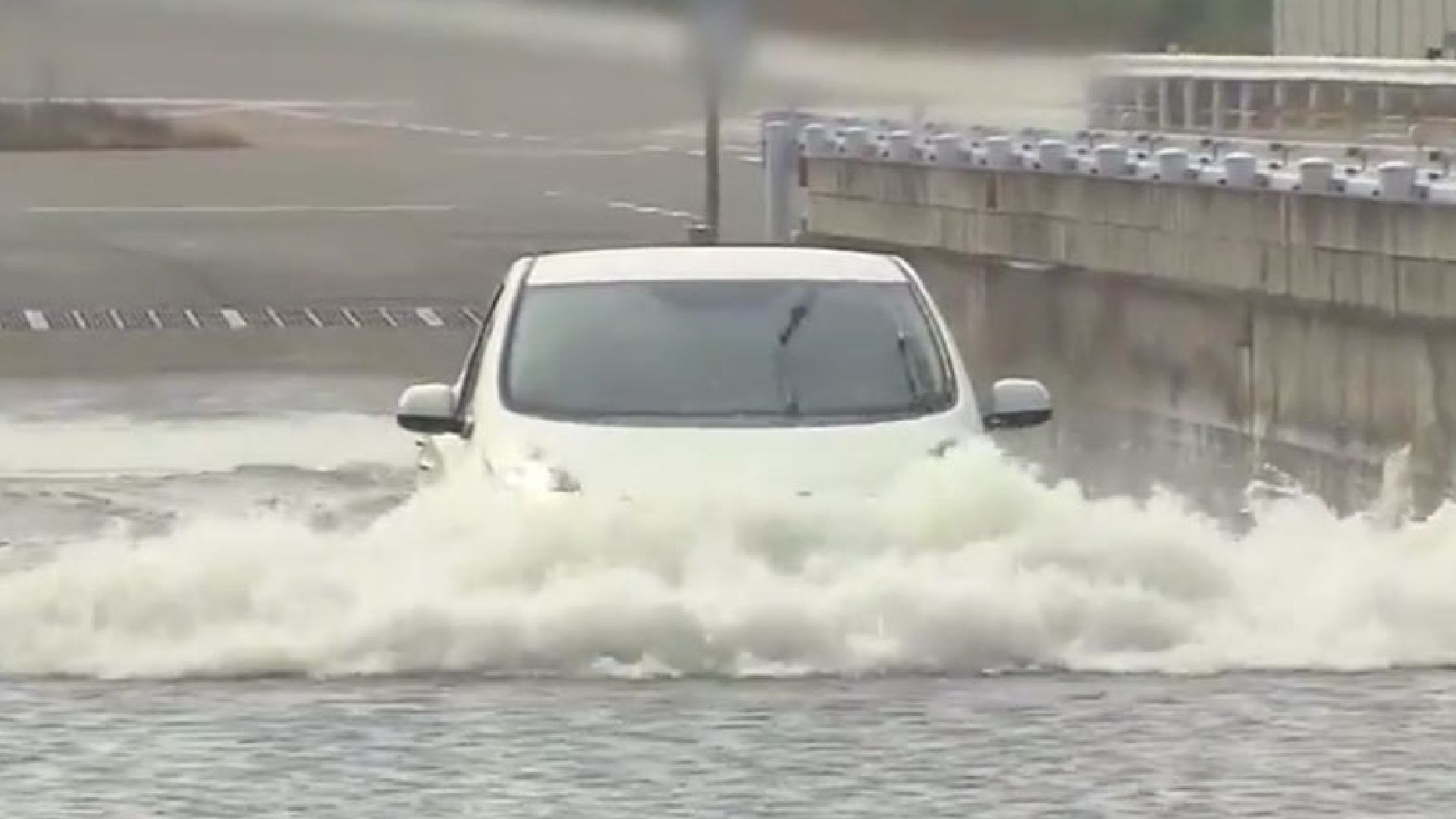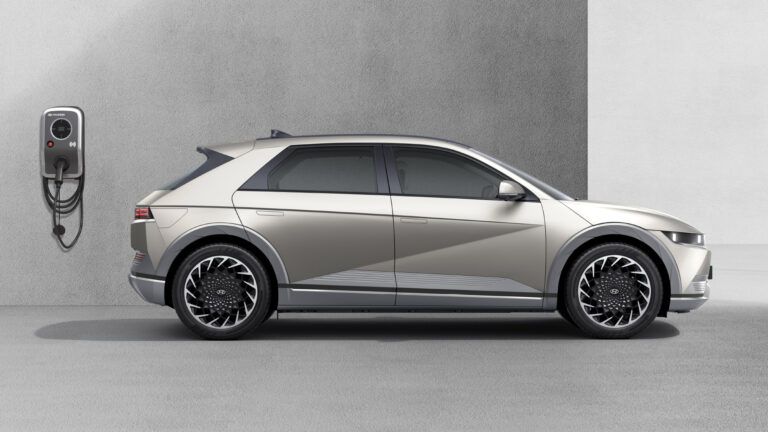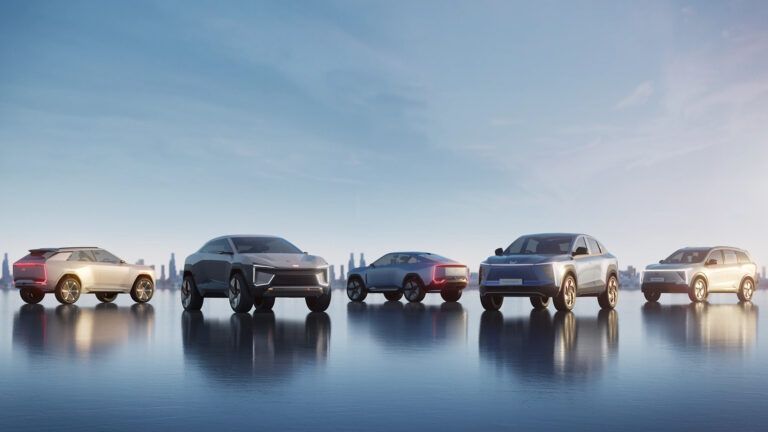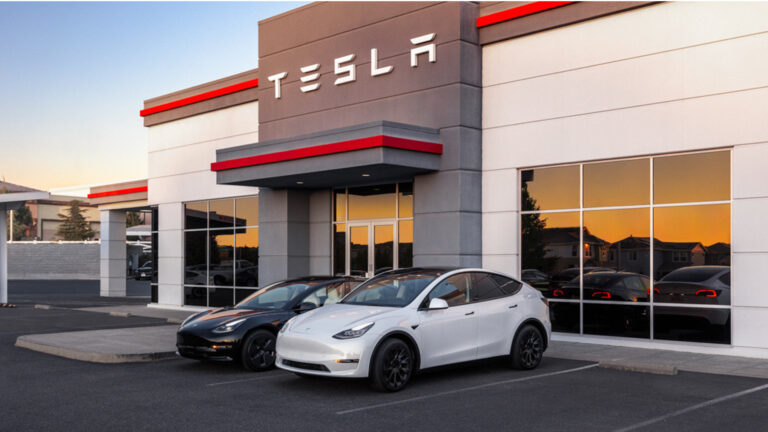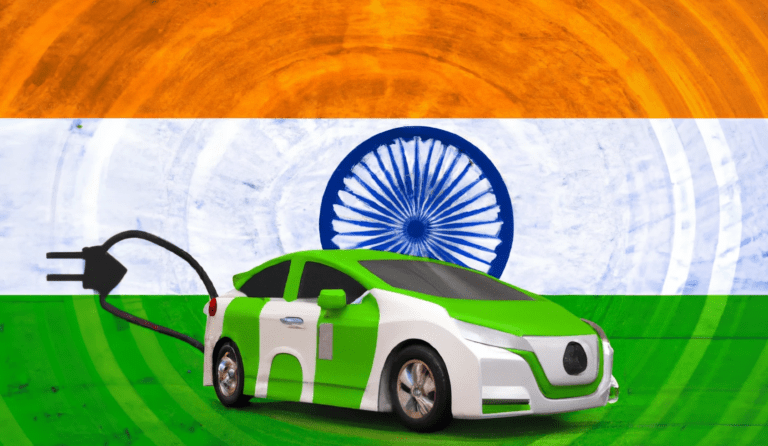Once again, intense monsoon rains in Mumbai have led to severe waterlogging, turning streets into rivers and vehicles into boats. Cars, bikes, buses and trucks are either moving very slowly or coming to a complete stop due to the flooded roads.
Moreover, traffic cannot pass through the Andheri Subway and nearby areas due to flooding. Some areas experienced rainfall over 300 mm in a day, including 210 mm within two hours.
Although heavy rainfall affects all types of vehicles, it is especially worrisome for electric vehicle owners. EVs are built to be safe in heavy rain, with critical electrical parts securely covered to protect the driver and passengers. However, it is not advisable to drive through completely flooded areas.
Here we’ll discuss the top possible ways you can protect your EVs during rainy season.
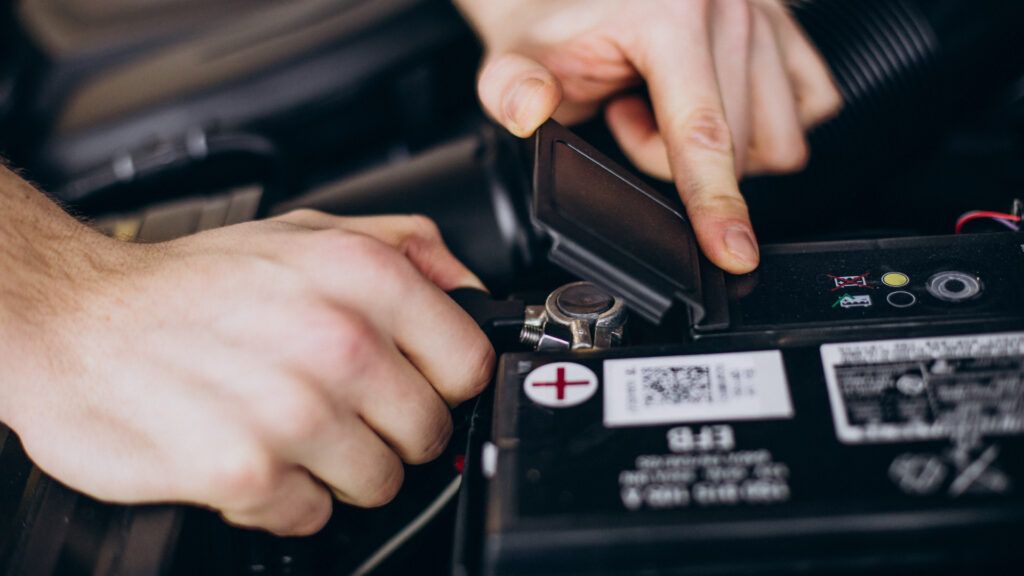
Battery Sealing and Protection:
Heavy rains and flooding can pose risks to EV batteries. Generally, they’re tightly sealed to prevent water and moisture from entering. However, if water does enter the battery pack, it can cause short circuits, which might lead to a fire or explosion.
Therefore, keep EV batteries dry and shielded, especially during heavy rains or floods.
EV manufacturers design the cars with safeguards, but it’s better to avoid driving through deep water.

Avoid Waterlogged Charging Areas:
Generally, it’s safe to charge EVs during rainy days. Furthermore, the charging stations and electrical vehicles can withstand adverse weather conditions. They have waterproofing and safety features to protect sensitive electrical components from water ingress.
However, if streets flood or areas become waterlogged due to heavy Mumbai rains, it may cause serious problems for EV owners. Accumulation of water near charging infrastructure or infiltration into electrical systems could lead to short circuits or related electrical issues.
Therefore, use charging stations installed in secure and elevated sites where they are unlikely to be impacted by flooding. Also, avoid driving through deep water or parking vehicles in flooded areas.

Battery, Tyre and Brake Maintenance
Electric vehicles (EVs), despite their safety features for wet conditions, can still be at risk during heavy rain. If water can get into areas where it shouldn’t, it could lead to malfunctions or reduced performance.
Driving in heavy rain can lead to higher energy consumption. That’s because the systems, such as defogging, air conditioning and windshield wipers, require extra power to function. Furthermore, on wet and slippery roads, the car needs additional energy for both acceleration and maintaining consistent speed.
To maintain your EV performance during heavy rain seasons, inspect for any signs of water ingress around the battery compartment. Also, ensure the tyres have sufficient tread depth and are properly inflated and regularly check the braking system.
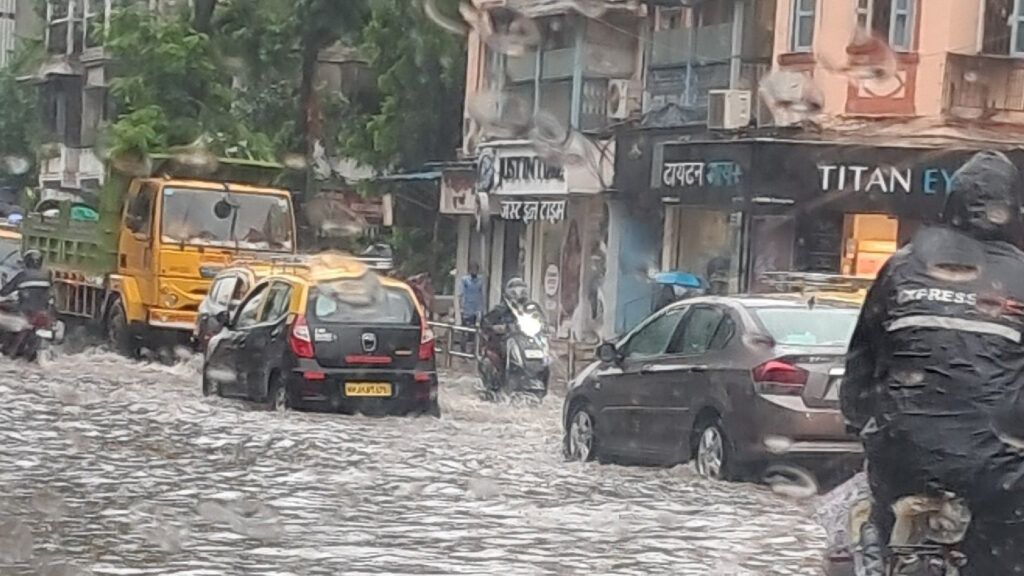
Wrapping Up
Mumbai’s strategy to address climate change includes encouraging the adoption of electric vehicles and enhancing EV infrastructure to withstand heavy rain.
While EVs offer several advantages in urban settings like Mumbai, heavy monsoon rains require careful attention to battery safety, charging practices, and overall vehicle maintenance.

